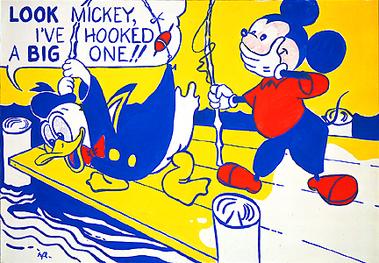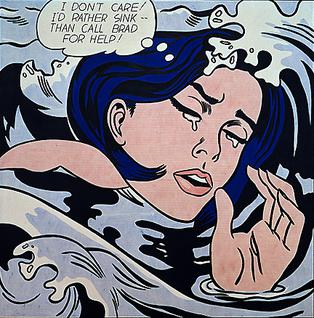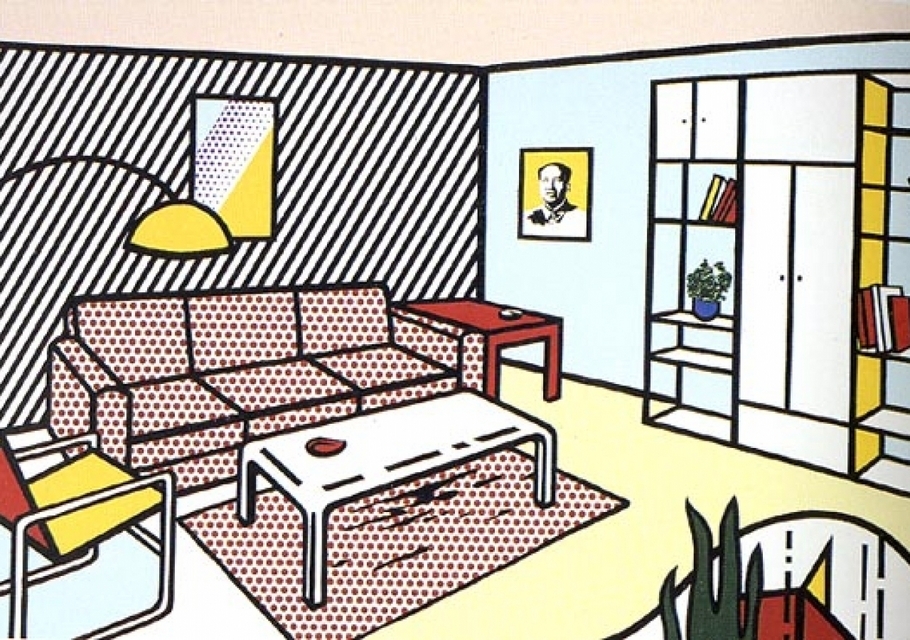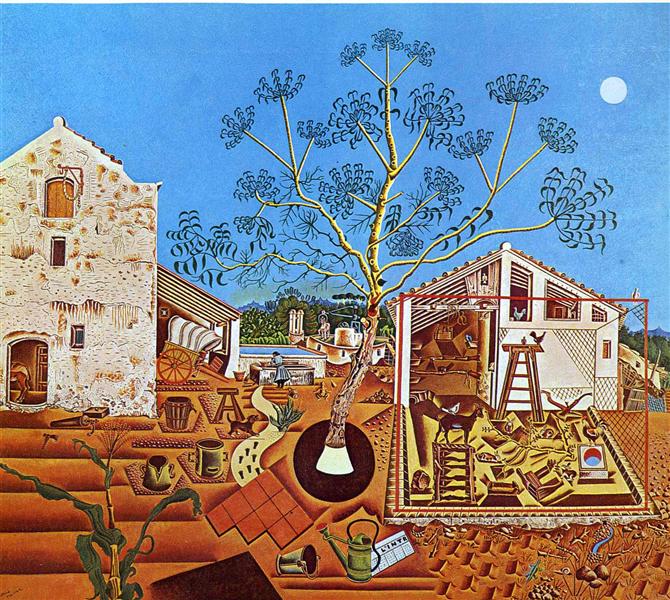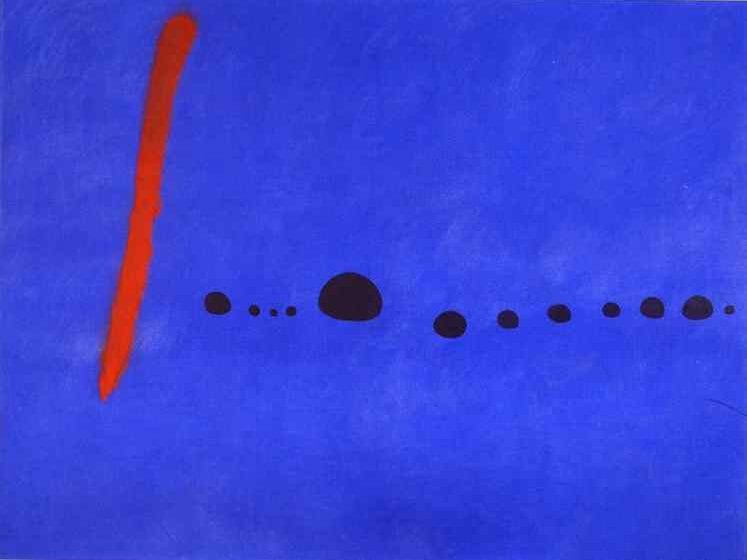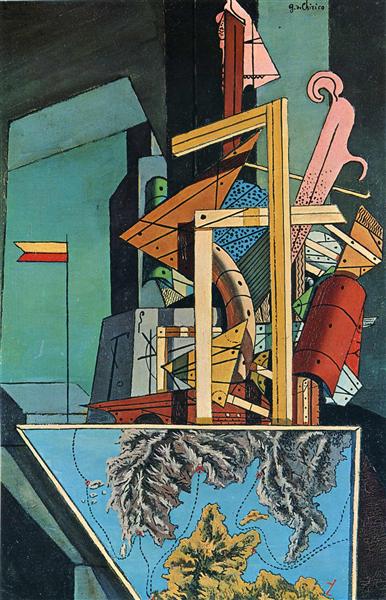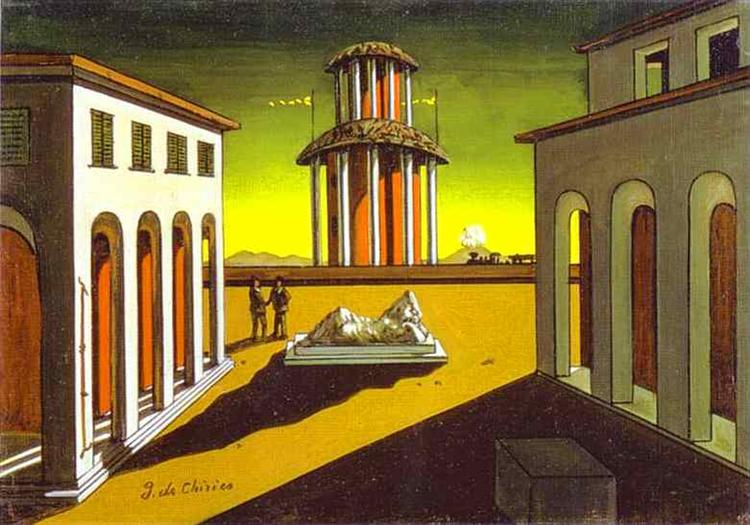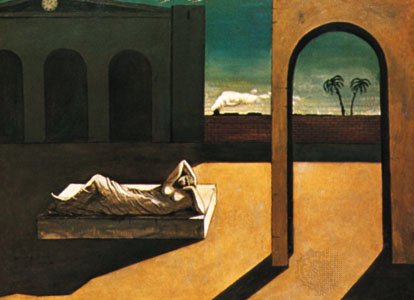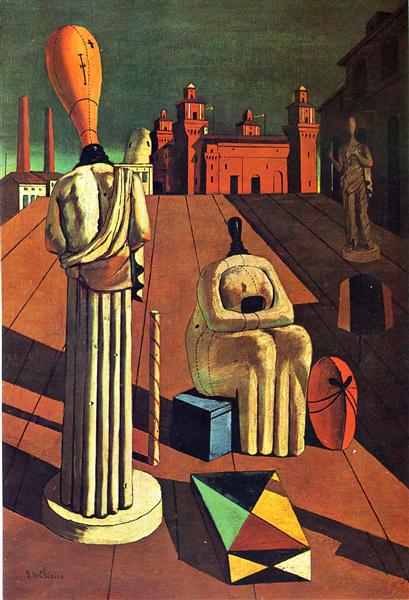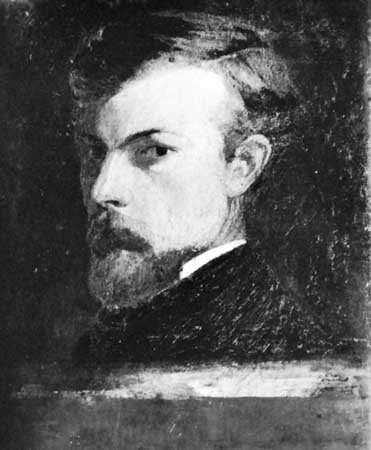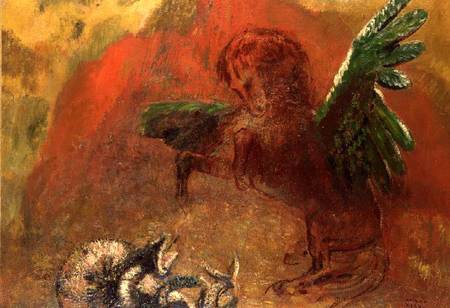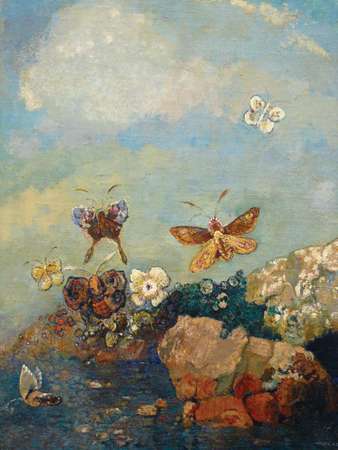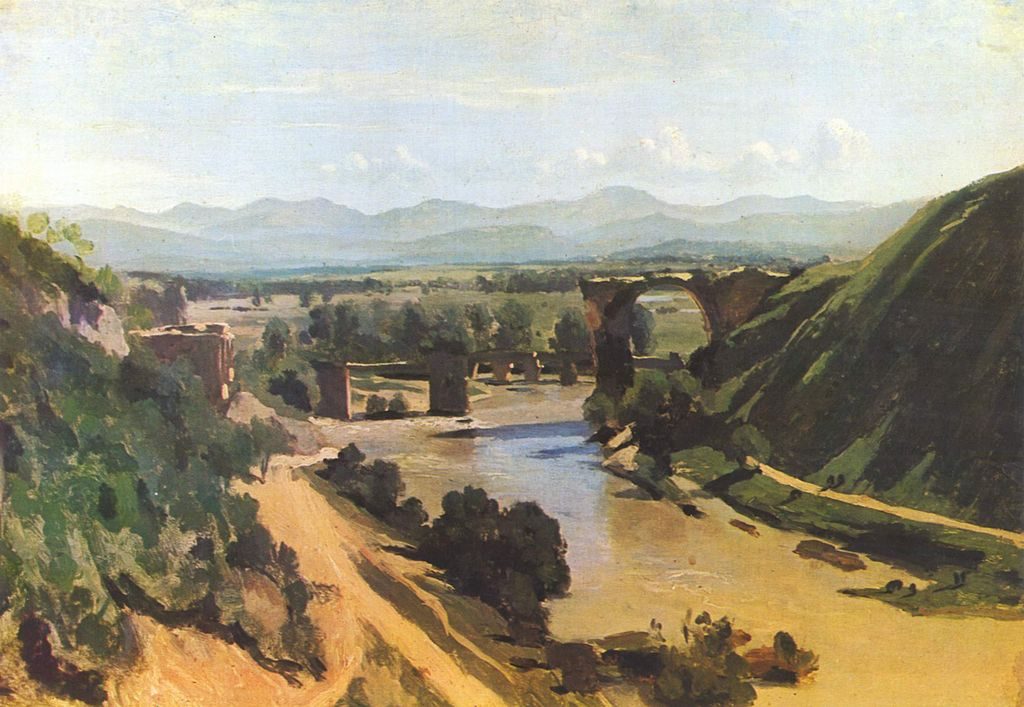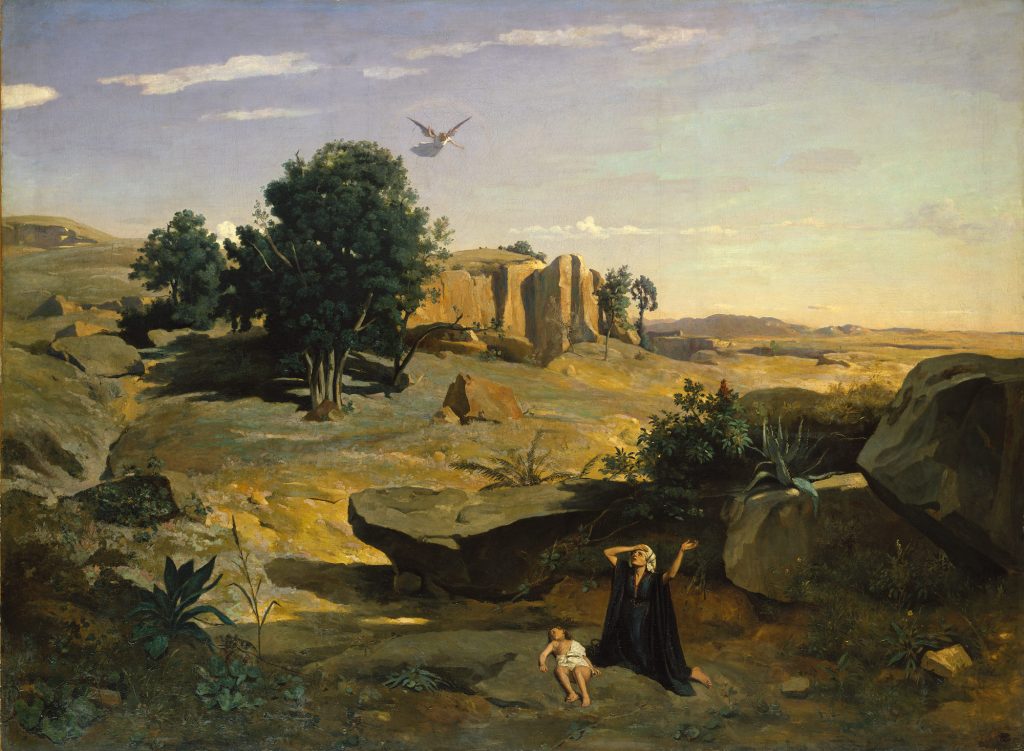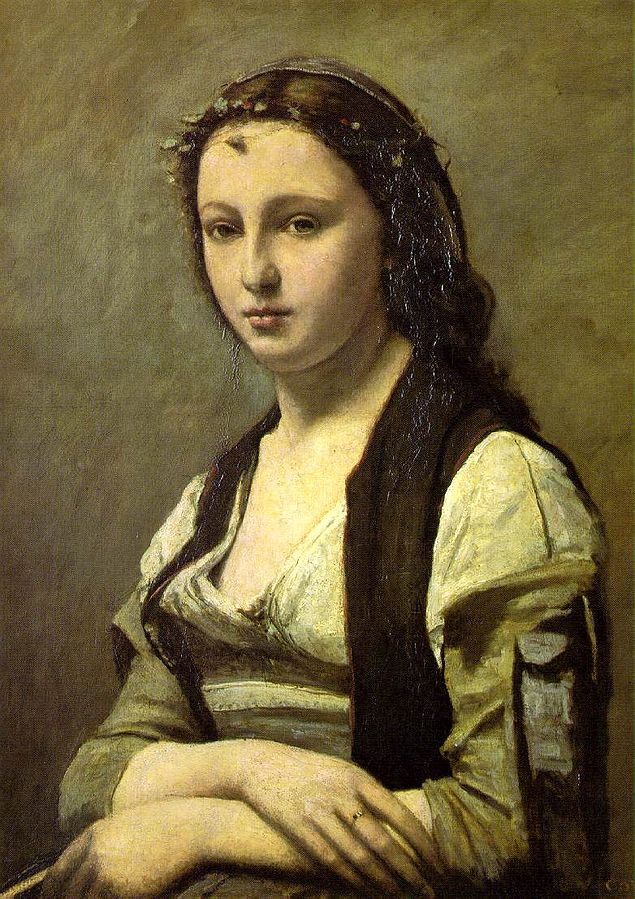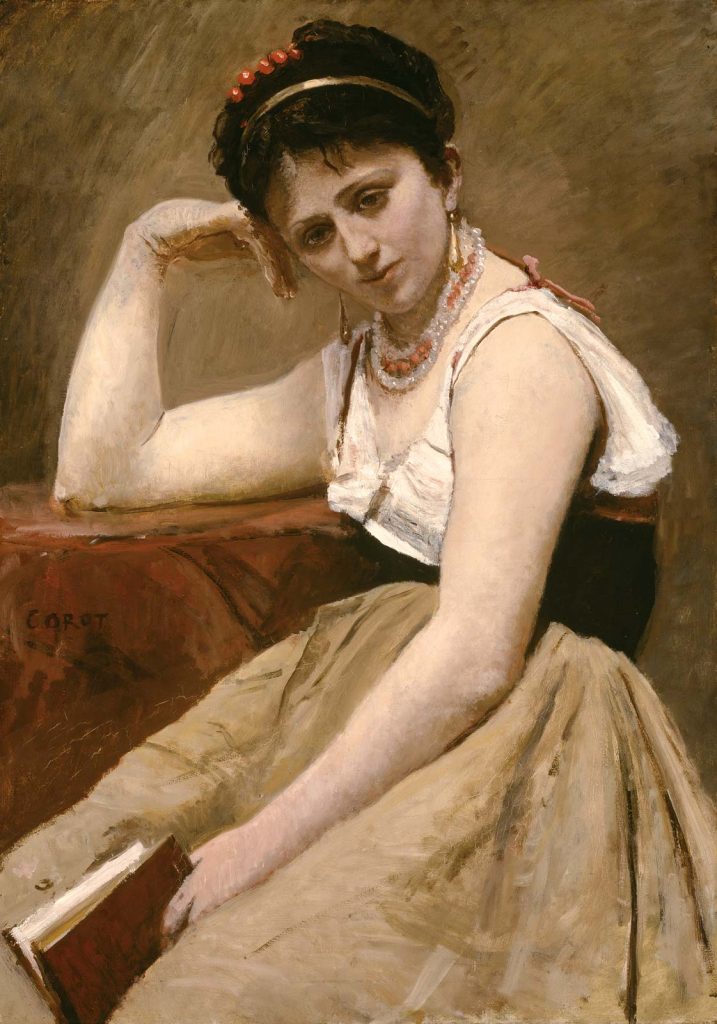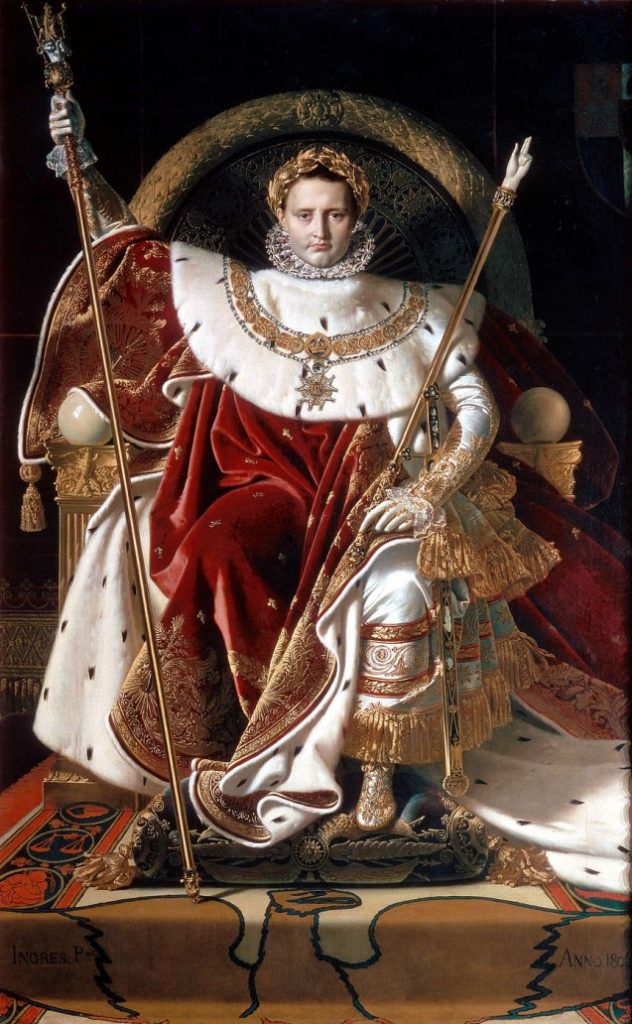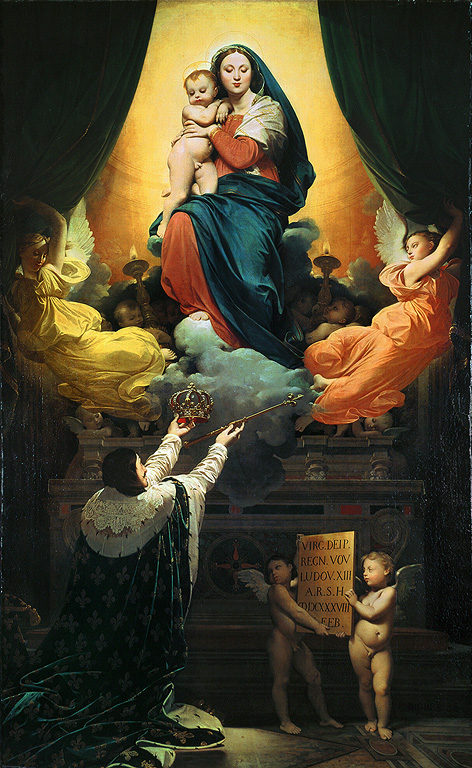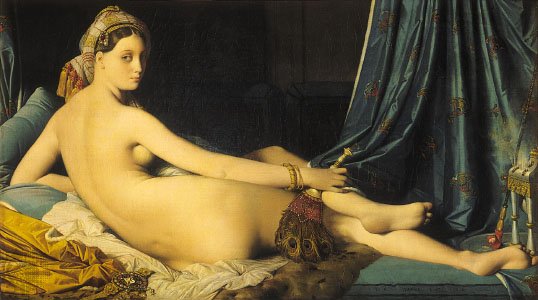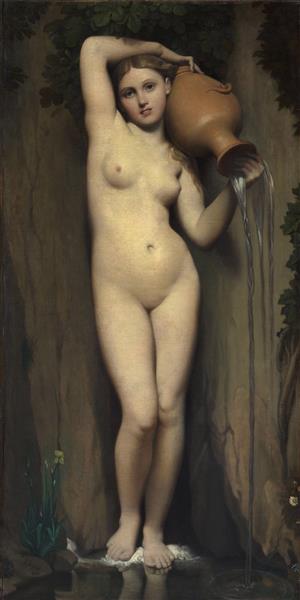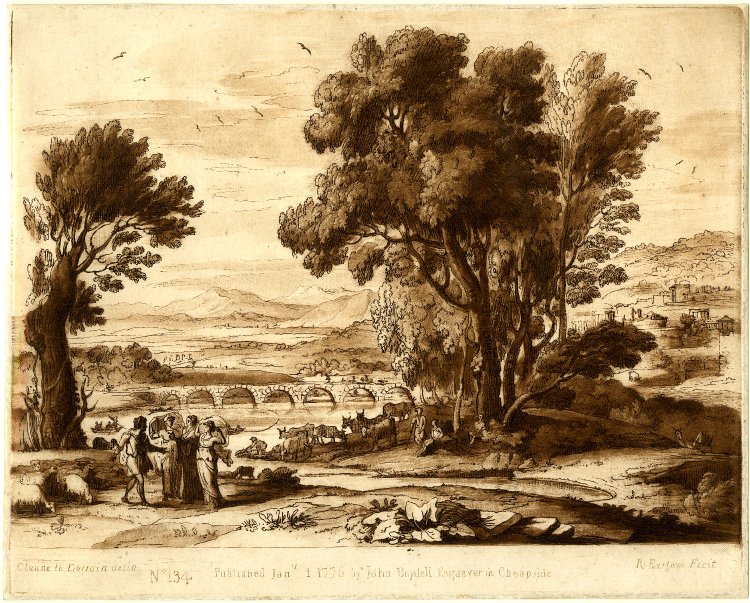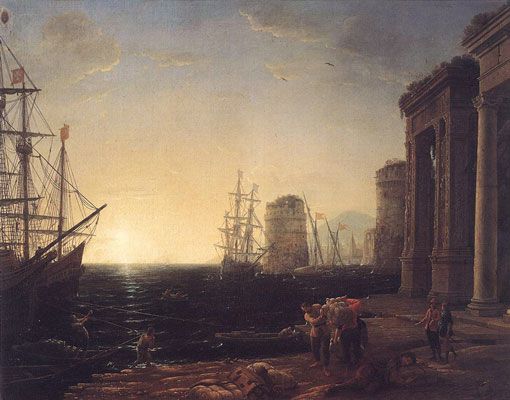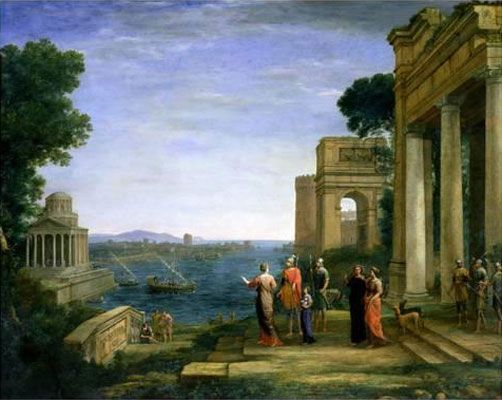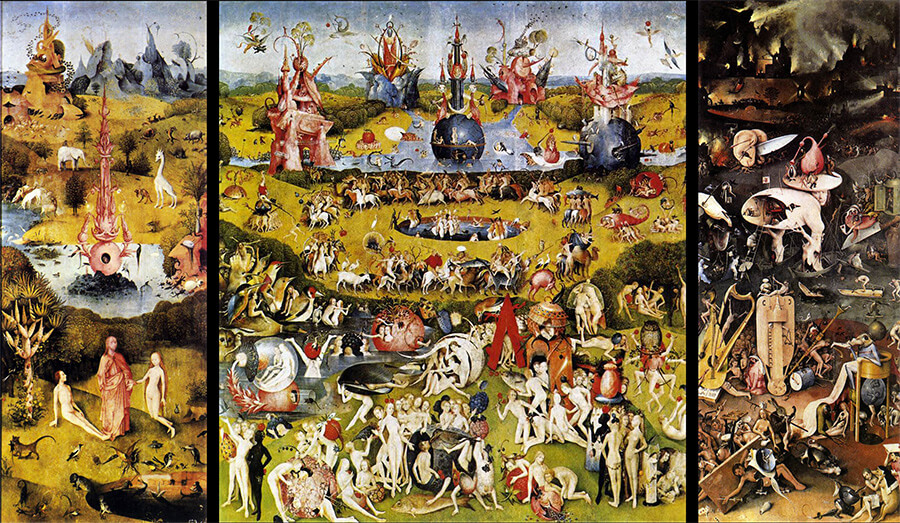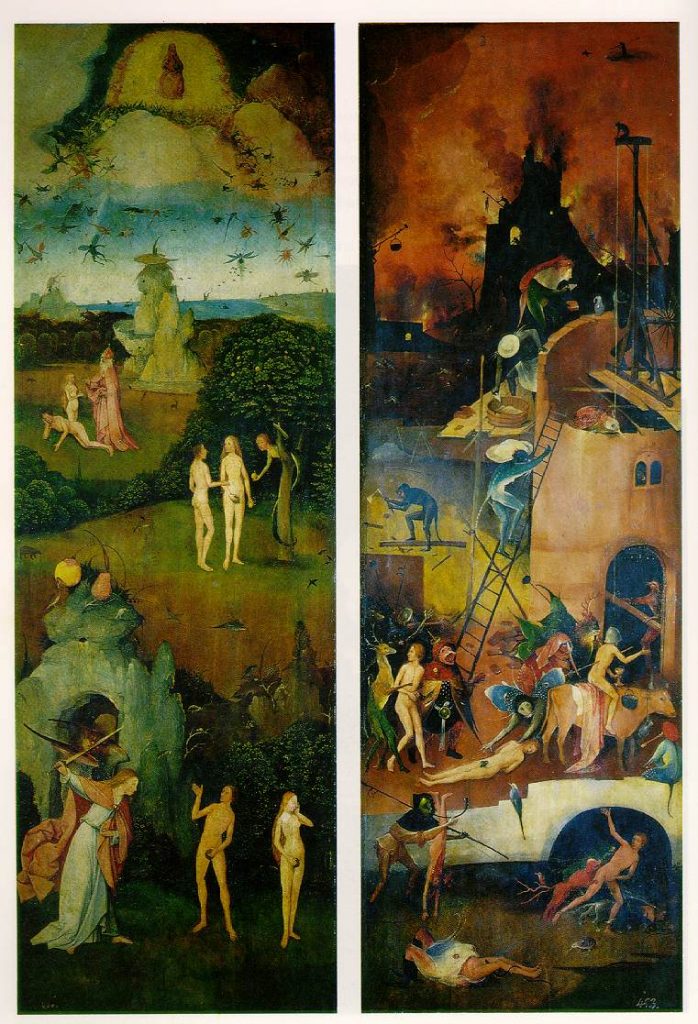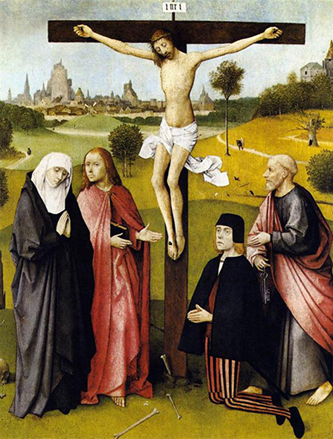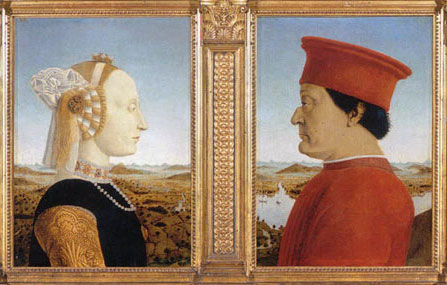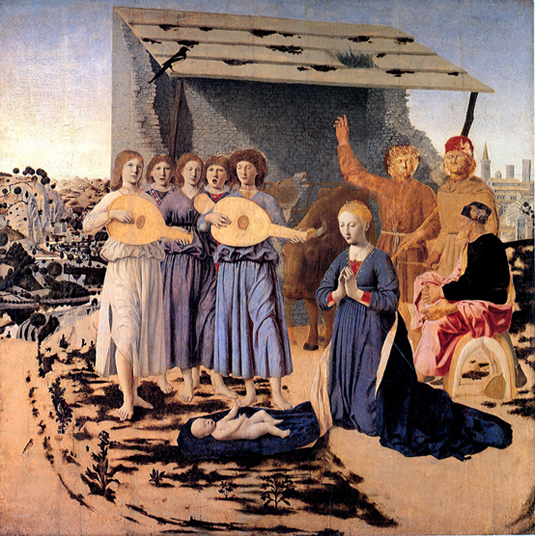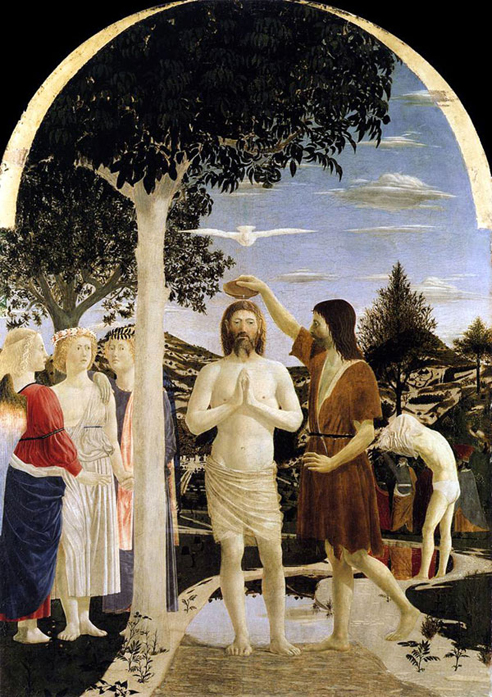Diego Rivera (1886-1957)
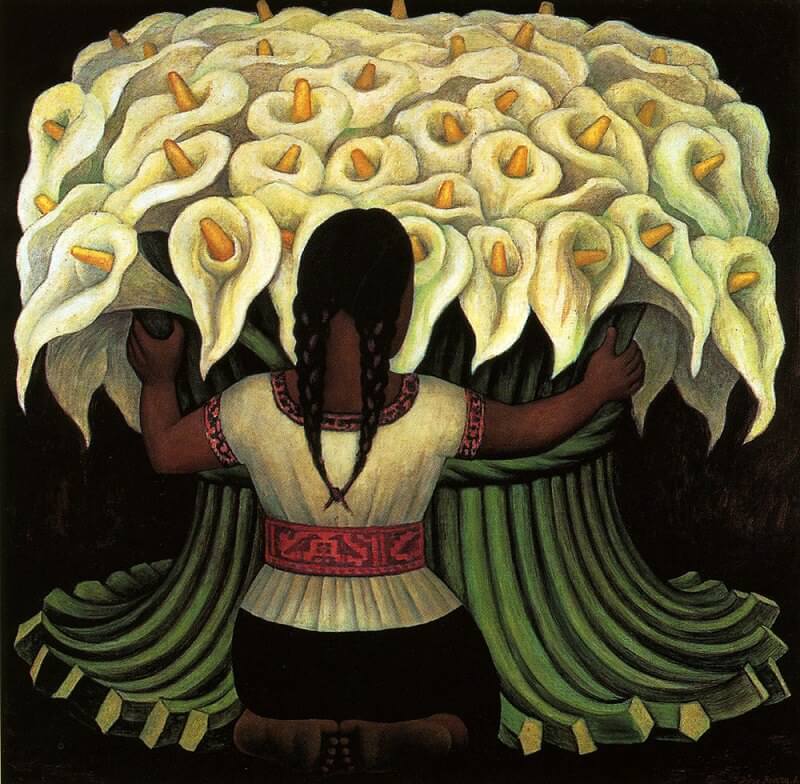
Diego Rivera was a fresco painting marvel born in Guanajuato, Mexico on December 8th, 1886. He is well-known for his large fresco murals, as well as being the promiscuous husband of artist Frida Kahlo.
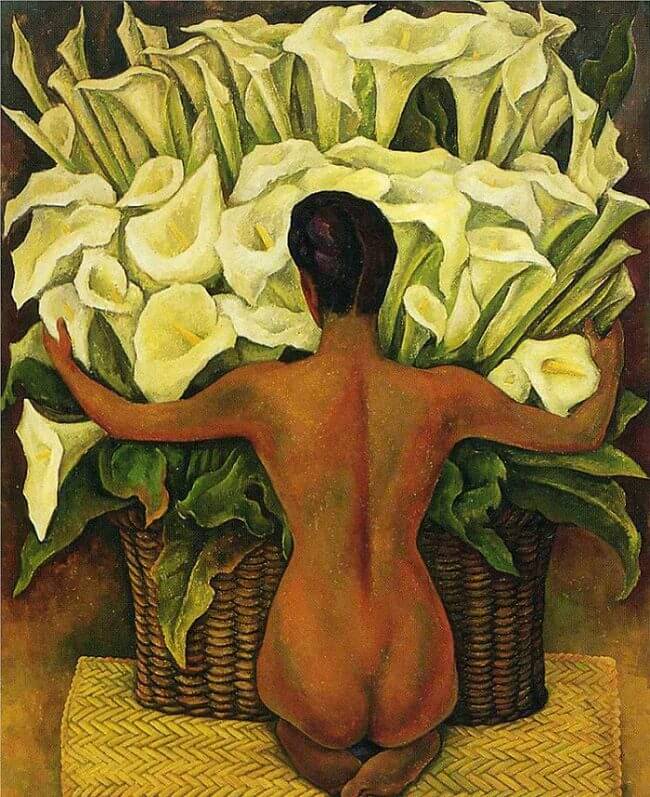
After studying art in the Academy of San Carlos, Mexico City, Rivera travelled to Spain and later moved to Paris, where he befriended modern artists such as Picasso. As a result, Diego was influenced and adopted the Cubist style until 1917, where his artistic style transitioned into a Post-Impressionist style similar to Cézanne.

Early on in his career, Diego painted murals depicting Mexican themes and subjects. Later murals created by Rivera included flat human figures, bright colours and wider subject matter such as peasants and factory workers while covering thousands of square feet on building walls. He was also a Communist, which reflected onto his murals and sparked controversy during his time.
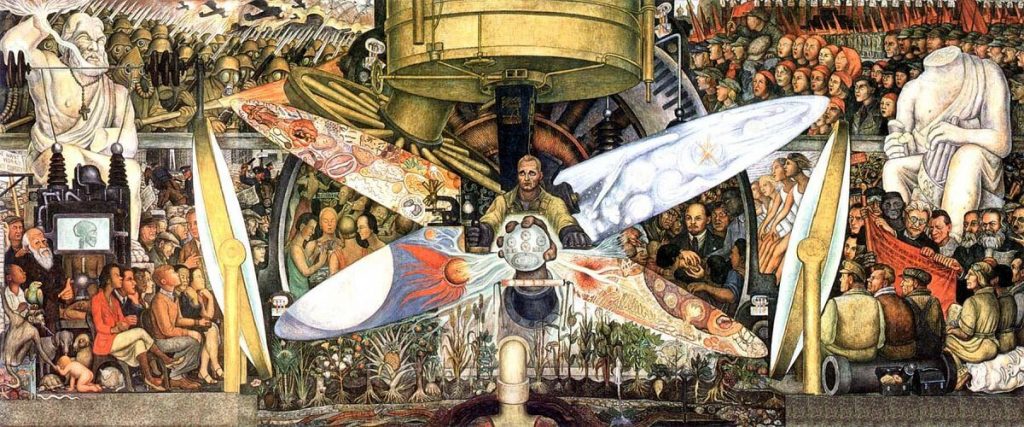
Rivera’s attitude towards art revolved around his art coming first before other aspects of his life. The phrase that accompanied this attitude was ‘Mi arte, mi vida’ meaning my art, my life in Spanish. This phrase became the title of his autobiography, solidifying his legacy for future generations.
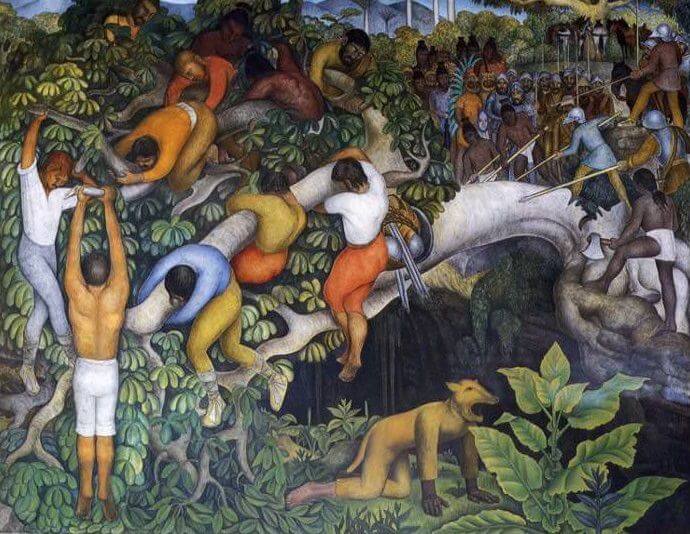
WORKS CITED
- Bartra, Eli. “Rivera, Diego.” Encyclopedia of Mexico: History, Society & Culture, edited by Michael S. Werner, Routledge, 1st edition, 1998. Credo Reference, https://search-credoreference-com.ezproxy.capilanou.ca/content/entry/routmex/rivera_diego/0. Accessed 9 Dec. 2019.
- The Editors of Encyclopaedia Britannica. “Diego Rivera.” Biographies, 04 Dec. 2019. Encyclopædia Britannica, inc., https://www.britannica.com/biography/Diego-Rivera/images-videos. Accessed 09 Dec. 2019.
IMAGES OBTAINED FROM
- https://www.diegorivera.org/flowerseller.jsp
- https://www.diegorivera.org/nudecalla.jsp
- https://www.diegorivera.org/dream-of-a-sunday-afternoon-in-alameda-park.jsp
- https://www.diegorivera.org/man-at-the-crossroads.jsp
- https://www.diegorivera.org/crossing-the-barranca.jsp

